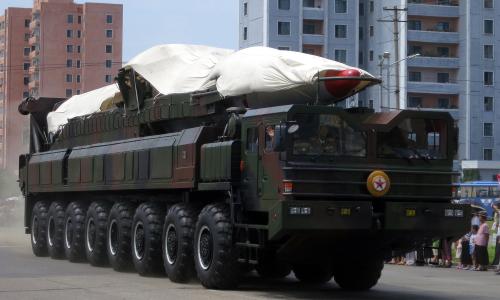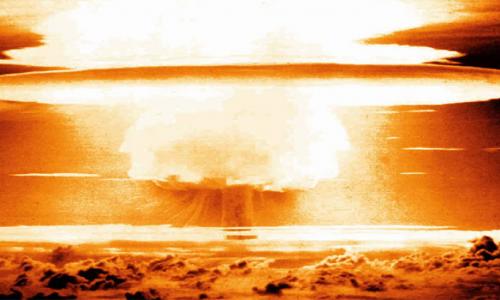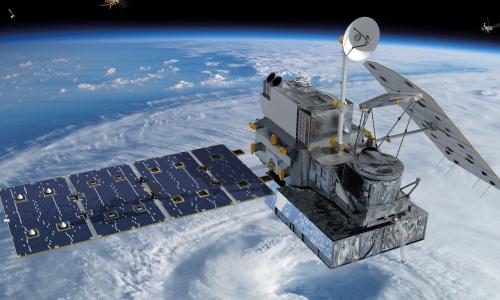The United States conducted a flight test of the interceptor being developed for the Block 1 version of the Navy Theater-Wide (NTW) defense system on 25 January, resulting in an intercept of the target.
Relatively little information about this test has appeared in the press, and some of the information that has appeared is incorrect. This paper describes what occurred during the test and assesses its significance.
A key finding is that the target used in the test was considerably larger than important targets that NTW is presumably being developed to engage, such as a warhead from a North Korean Nodong missile. Using a larger target increases the range at which the Aegis SPY-1 radar can detect and track the target, and provides a larger target for the kill vehicle to impact. In the test, the kill vehicle apparently collided with the booster of the target missile, and would not have destroyed a warhead on the missile.
Moreover, it appears that the planned flight tests will continue to use this large target for the next several years.
The use of a large target may be appropriate at such an early stage of the test program. But the use of such a target limits what conclusions can be drawn from successful intercepts about the capability of the system in operational conditions. The Pentagon has so far not made public claims about the system based on the tests, but others have. For example, a Raytheon press release stated that the January test "demonstrated the capability to provide the country with Sea-based Missile Defense." This is clearly not true. It is important that Congress and others recognize the limits on the relevancy of such testing as they assess the maturity of the technology and its capability in operational scenarios.



